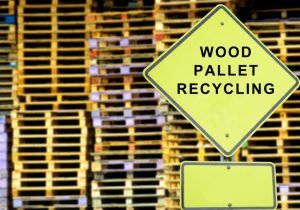Last Updated on June 19, 2024 by teamobn
Unless you live in a very wet climate, it’s always good to be able to collect rainwater for your garden. This rain barrel watering system is a perfect solution as it doesn’t rely on a pump – just gravity!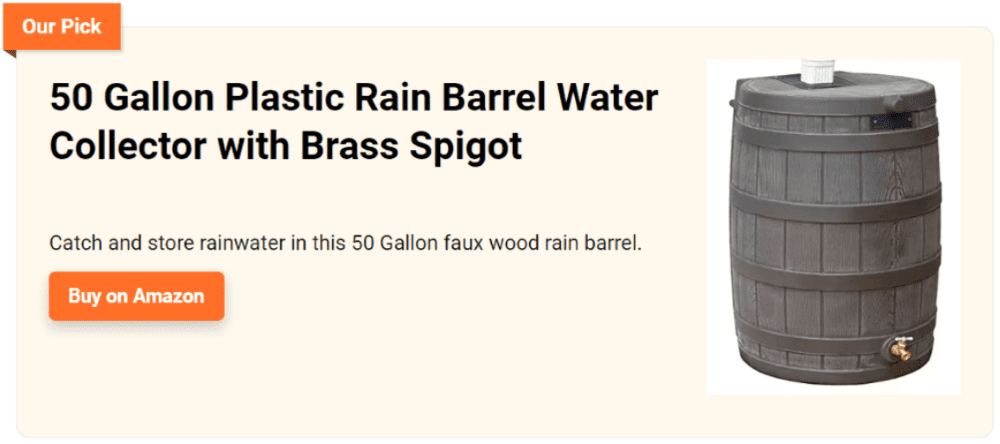
This watering system is relatively easy to build and uses an easy concept for delivering water to your garden beds. As long as you know how to use basic tools, you are sure to accomplish this project.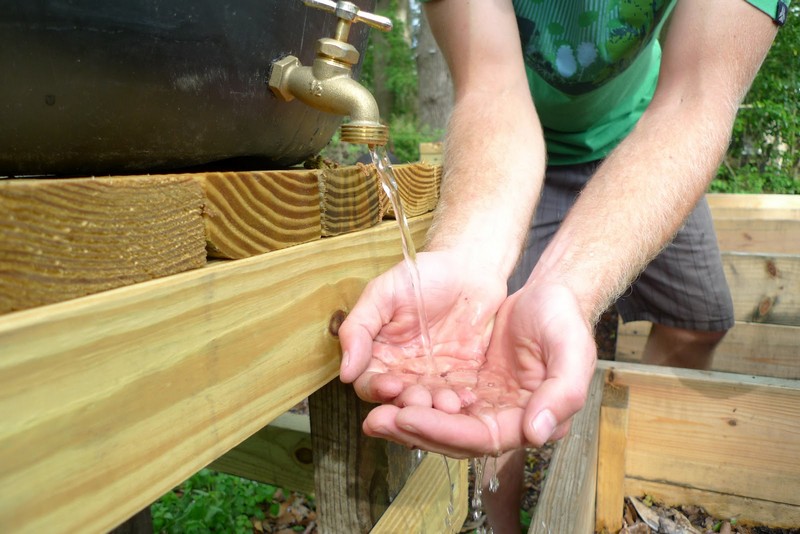
Worried about mosquitoes breeding in your garden? You don’t have to! Covering your barrels with a lid or gauze screens is all that’s needed to keep them out.
Rain barrels are very efficient to store runoff rainwater from the roof. This watering system is also called a rain butt or water butt. Below are the materials and tools you need to build your own rain barrel system.
Building a Rain Barrel System
Materials
- Barrel
- Soaker Hose
- Gutters
- Small Awning
- Faucet
- Plastic Plumbing Fitting
- Thick Rubber
- Screen – to prevent mosquitoes
- Reclaimed Wood/Old Pallets/Old Furniture – to elevate barrels for increasing pressure
Tools
- Drill – with a matching drill bit for your faucet thread
- Scissors/Cutter
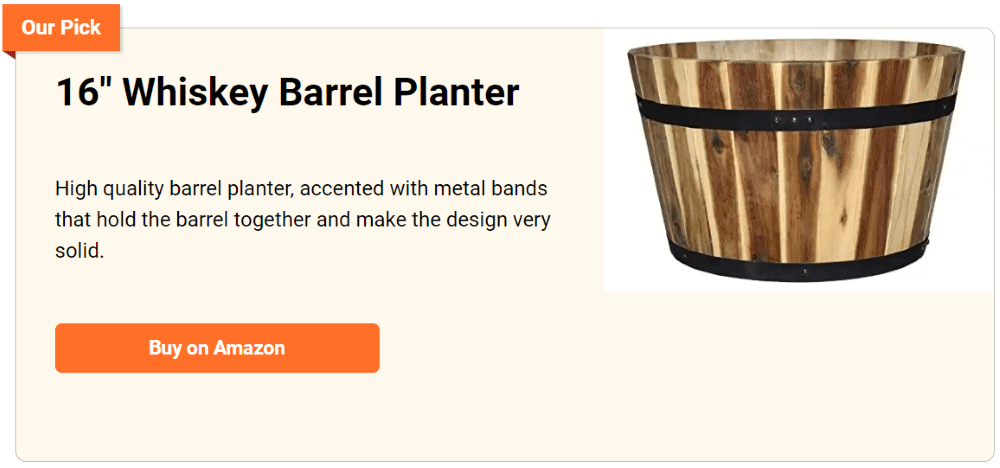
Instructions
Using the steps below, you can create your own rain barrel system.
1. Secure a downspout area from your house and near the garden. Cut the downspout with a hacksaw in 2 places and at least 4” above the top of the barrel.
2. Direct the downspout into the rain barrel by connecting the downspout elbow and bracket using PVC cement or screws. Direct the downspout into the rain barrel. Use a 50-100 gal plastic rain barrel.
3. To raise the barrel, add some cement blocks, bricks, or any wooden platform underneath.
4. Create an inlet with a filter on the cover of the barrel to avoid unnecessary materials in the water.
5. Attach a sewer standpipe near the base of the rain barrel.
6. Connect a rubber plug to the sewer standpipe.
7. Attach a diverter kit, or hose to the spigot (optional).
Click on any image to start the lightbox display. Use your Esc key to close the lightbox. You can also view the images as a slideshow if you prefer 😎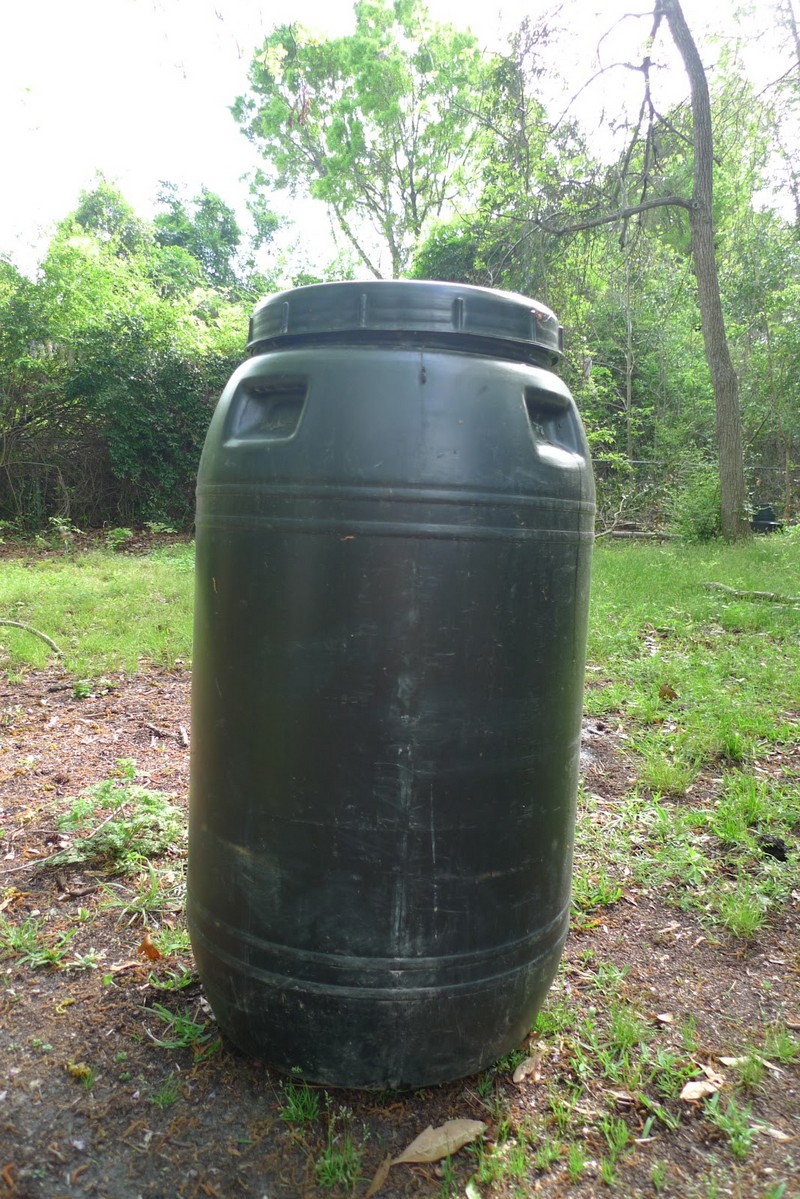
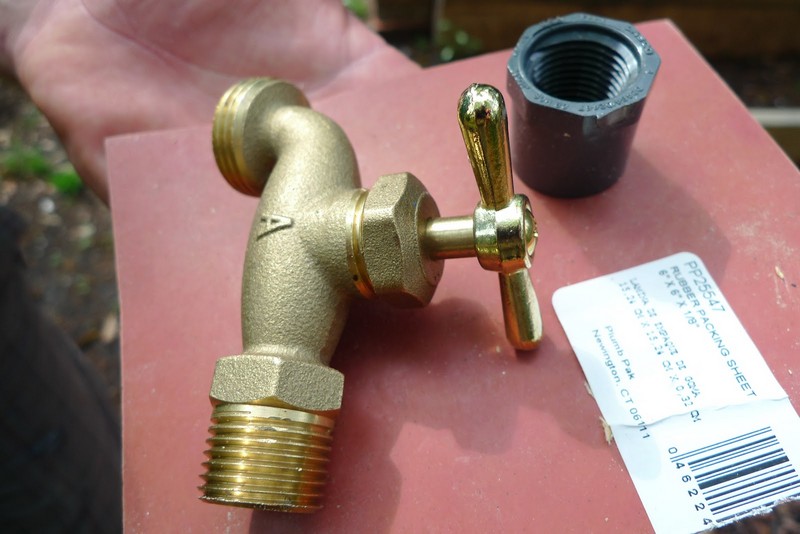
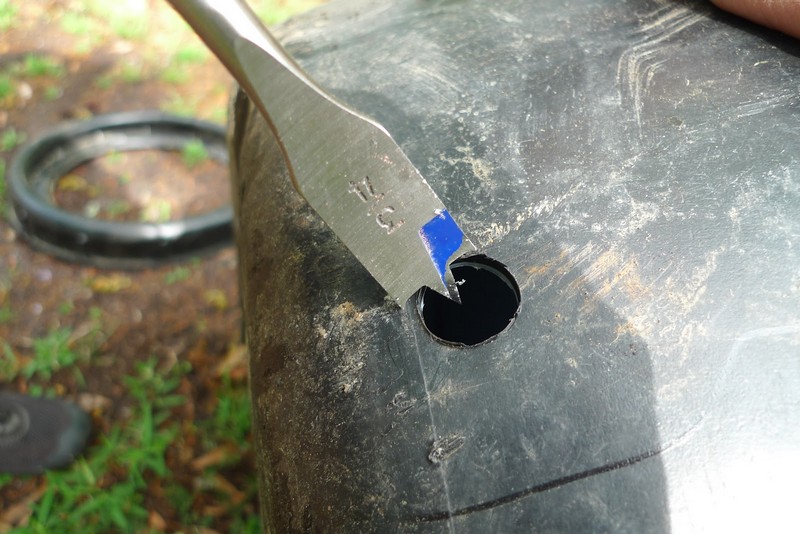
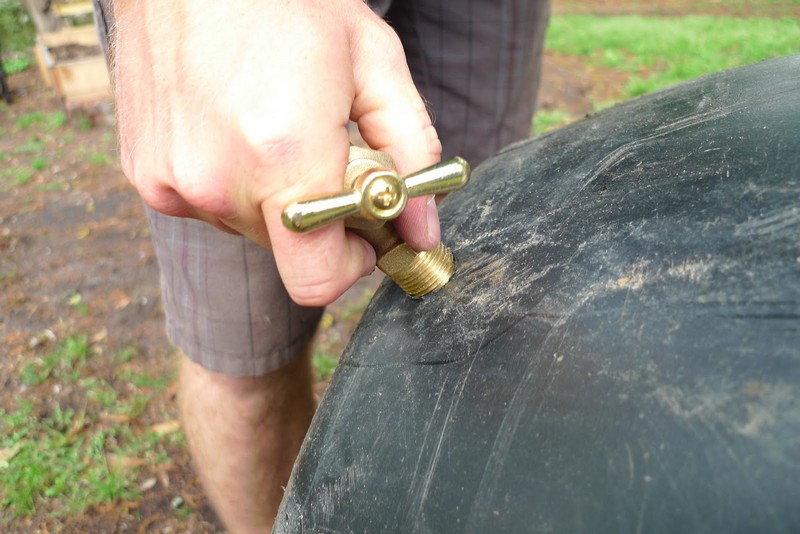

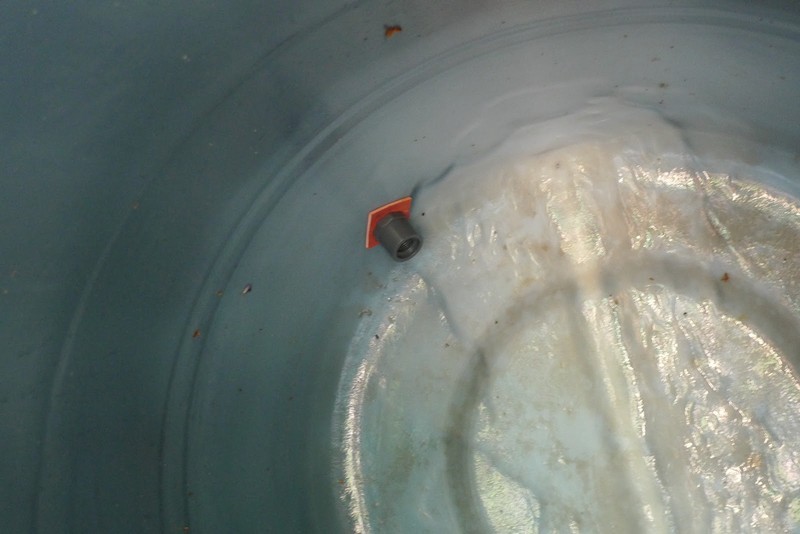
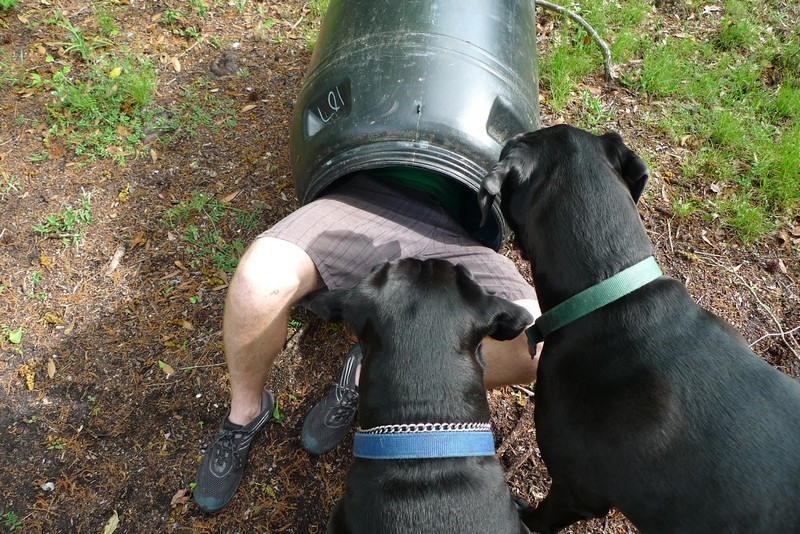

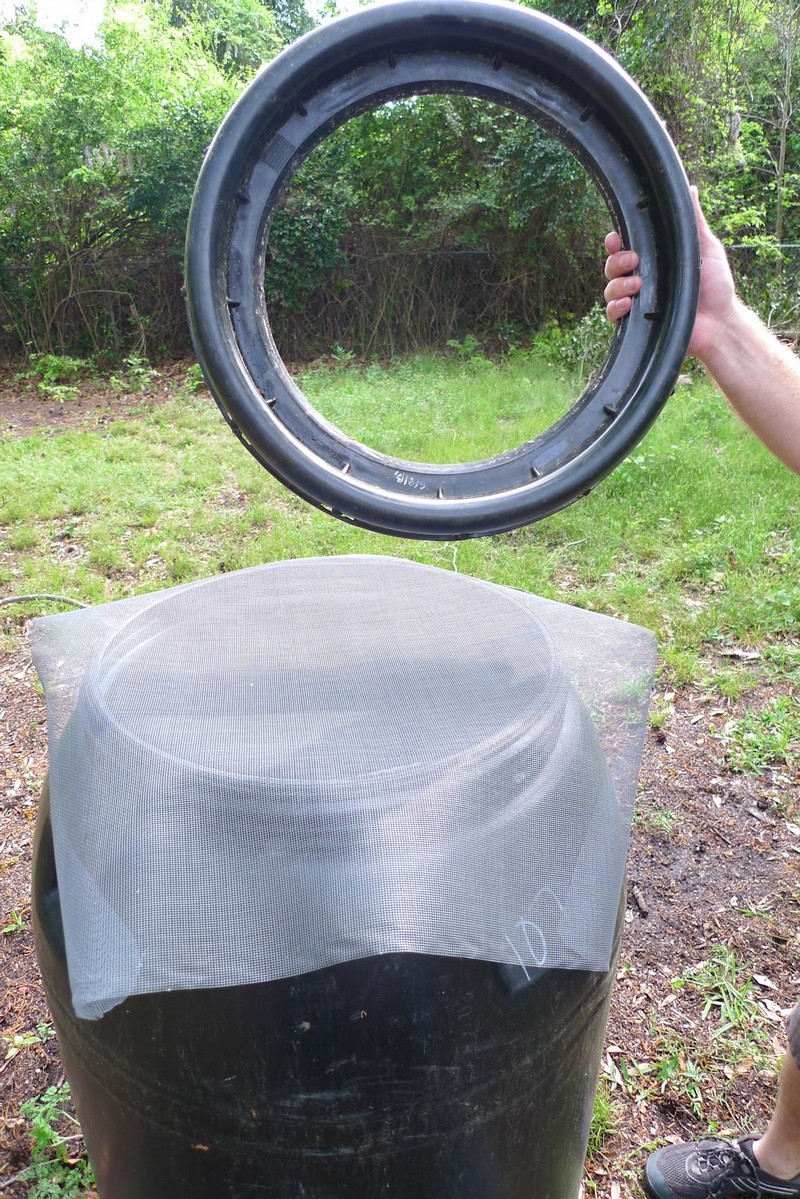
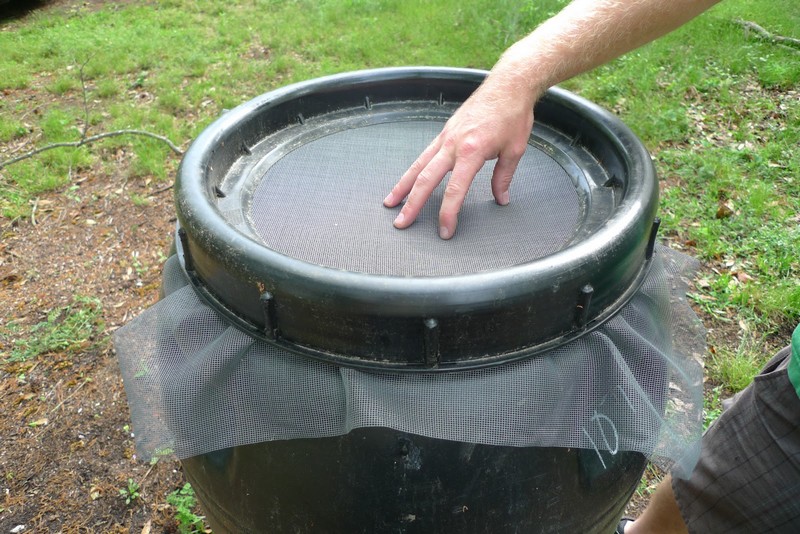


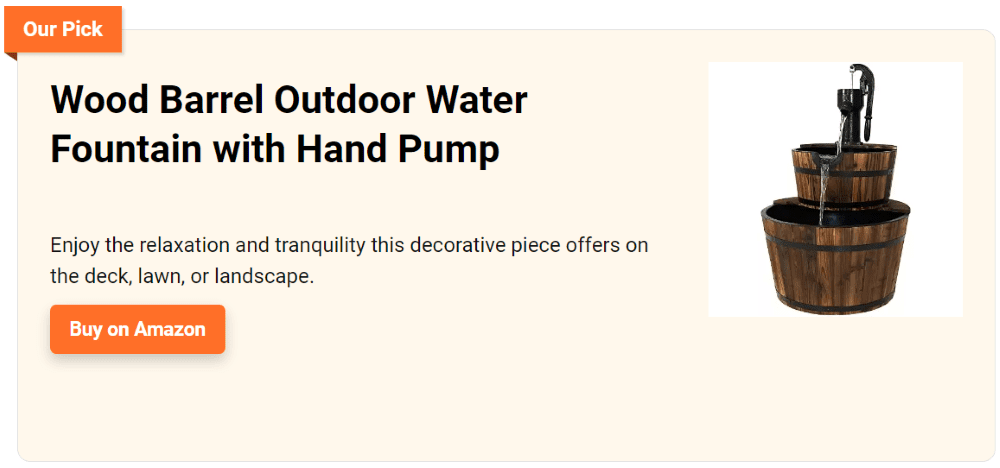
Thanks to Better Homesteading for this great project. You can get step-by-step instructions here…
Benefits of Using a Rain Barrel System
Collecting rainwater has been a beneficial practice for ages. Using a rain barrel system to capture and store rainwater is an excellent way to support both your garden and household. This approach brings several advantages, making it a smart addition to any property.
Let’s explore the key benefits of installing a rain barrel system.
Water Conservation
A rain barrel system helps conserve water by collecting rainfall that would otherwise run off. This stored water can be used for various purposes around your home and garden, reducing your reliance on municipal water. Whether it’s for watering plants, washing cars, or even topping up a pool, rainwater is a valuable resource that shouldn’t go to waste. By using a rain barrel system, you can significantly cut down on your water usage.
Lower Water Bills
One of the immediate perks of a rain barrel system is the reduction in your water bills. Using rainwater instead of tap water for outdoor tasks can lead to noticeable savings, especially during peak watering seasons. Over time, these savings can cover the initial cost of the system and provide ongoing financial benefits.
Reducing Stormwater Runoff
Rainwater collected in a barrel is water that isn’t flowing over paved surfaces or into storm drains, carrying pollutants into local waterways. A rain barrel system helps mitigate these issues by capturing runoff and storing it for later use. This reduces the risk of flooding and erosion while protecting water quality in nearby rivers and lakes.
Healthier Gardens and Plants
Plants tend to thrive with rainwater, which is free from the chlorine and chemicals found in tap water. A rain barrel system provides a steady supply of this natural, soft water, promoting healthier, more vibrant growth. Your garden will benefit from the nutrients in rainwater, resulting in stronger, more resilient plants.
Supporting Environmental Sustainability
Using a rain barrel system aligns with sustainable living practices. It lessens the demand on treated municipal water and supports the natural water cycle. Additionally, the reduced need for treated water means less energy consumption for water treatment and distribution, which helps lower your carbon footprint.
Increasing Property Appeal
A well-designed rain barrel system can enhance your property’s aesthetic and functional appeal. Eco-conscious buyers often look for sustainable features in a home, and a rain barrel system can be a selling point. It shows a commitment to environmentally friendly practices and can increase the attractiveness of your home on the market.
Installing a rain barrel system offers numerous benefits, from saving on water bills and reducing stormwater runoff to supporting a sustainable lifestyle. It’s a practical and environmentally friendly way to make the most of a natural resource. By opting for a rain barrel system, you’re investing in the future health of your garden and community.
Enhancing Your Rain Barrel System with Filtration
Rainwater collection and utilization for your garden and house is made easy with a rain barrel system. For best use, though, make sure the water you gather is clear and debris-free. Your plants and equipment can be protected and the quality of your water maintained by adding filtration to your rain barrel system.
Let us check out some filtration techniques and how they might improve your rain barrel system.
Why Filtration Matters
Dirt, leaves, and other material from your roof can be carried by rainwater into your rain barrel. This may over time block your system, produce bad smells, and bring in pollutants that could be harmful to your plants. By keeping your water pure, filtration also lessens the need for routine maintenance. Reliable clean water supply for all your requirements is guaranteed by a well-filtered rain barrel system.
Gutter Guards and Downspout Filters
First protection is downspout filters and gutter guards installed. While downspout filters catch smaller waste before it reaches your rain barrel, gutter guards keep big debris like leaves and twigs out of your gutters. Debris entering your system can be greatly decreased with these easy modifications.
First-Flush Diverters
A first-flush diverter is a device that diverts the initial flow of rainwater, which typically contains the most dirt and contaminants from your roof, away from your rain barrel. This water is either discarded or used for non-critical purposes. By ensuring that the cleaner water enters your rain barrel, a first-flush diverter improves the overall quality of the stored rainwater.
Mesh Screens
Mesh screens placed over the openings of your rain barrel can block insects, leaves, and other debris. These screens are easy to install and clean, making them an effective and low-maintenance option for keeping your rainwater free from large contaminants. Fine mesh screens can even prevent mosquito larvae from entering your barrel, addressing a common concern with rainwater collection.
Sediment Filters
Sediment filters installed inside the rain barrel can trap smaller particles that manage to bypass the initial screens. These filters, which are often made of foam or fine mesh, can be positioned at various points in the barrel to capture dirt and sediment. Regularly cleaning or replacing these filters keeps the water in your rain barrel system clear and usable.
Inline Filters
For those who want even cleaner water, inline filters can be added to the hose or pipe that delivers water from the rain barrel. These filters can remove finer particles and impurities, providing cleaner water for irrigation or other uses. They are particularly useful if you plan to use the collected rainwater for delicate plants or indoor applications.
UV Sterilization
UV sterilization is a more advanced option that uses ultraviolet light to kill bacteria and pathogens in the water. This method is ideal for ensuring that your rainwater is safe for a broader range of uses, including potentially for potable applications. UV systems are typically installed in-line with your rain barrel’s output and require a power source to operate.
Regular Cleaning and Monitoring
Regardless of the filtration methods you choose, regular maintenance is essential for keeping your rain barrel system efficient. This includes cleaning screens, replacing filters, and monitoring water quality. Inspecting your system periodically ensures that all components are functioning correctly and that your water remains clean and usable.
Enhancing your rain barrel system with proper filtration not only keeps your collected water clean but also extends the life of your system. From simple mesh screens to advanced UV sterilizers, there are filtration options to suit every need and budget. By investing in these enhancements, you can enjoy the benefits of a rain barrel system with peace of mind, knowing that your water is clean and ready for use.
Conclusion
Building a rain barrel system is a practical and eco-friendly way to collect and utilize rainwater. This system helps conserve water, reduce utility bills, and support healthy gardens. With simple tools and materials, anyone can set up a rain-catching system and start reaping these benefits. Embracing this sustainable practice enhances your home’s value and contributes to environmental preservation.
If you liked this project, you will also like viewing these gardening ideas…

